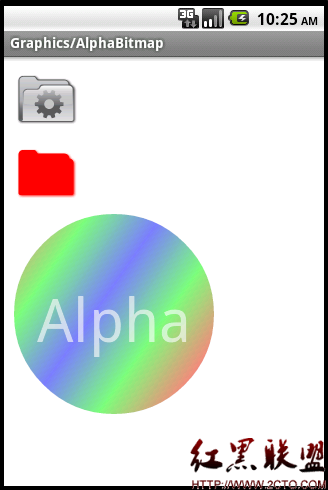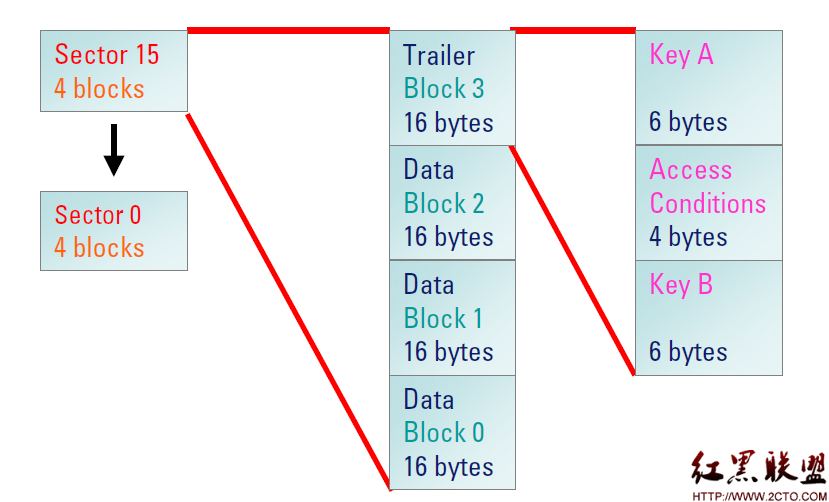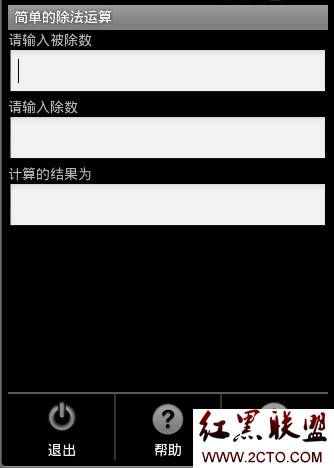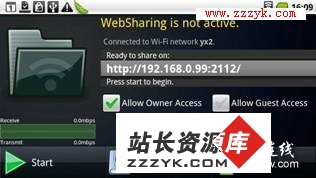Android 消息处理 -- Looper 、Handler类
Windows编程的朋友可能知道Windows程序是消息驱动的,并且有全局的消息循环系统。而Android应用程序也是消息驱动的,按道理来说也应该提供消息循环机制。Android通过Looper、Handler来实现消息循环机制,Android消息循环是针对线程的(每个线程都可以有自己的消息队列和消息循环)。
在 Android 系统 ,这些工作由由由Looper 及 Handler 来完成。
先分析Looper类:
主要提供负责线程的消息循环和消息队列
class LooperThread extends Thread {
public Handler mHandler;
public void run() {
Looper.prepare(); // 准备。。。
mHandler = new Handler() {
public void handleMessage(Message msg) { // 消息处理
// process incoming messages here
}
};
Looper.loop(); // 进入消息循环
}
}
下面Looper类的准备函数:
private static final ThreadLocal sThreadLocal = new ThreadLocal();
public static final void prepare() {
if (sThreadLocal.get() != null) {
throw new RuntimeException("Only one Looper may be created per thread");
}
sThreadLocal.set(new Looper());
}
这里利用 ThreadLocal 线程局部存储变量将将Looper与调用线程关联起来。
而消息处理流程如何呢?
/**
* Run the message queue in this thread. Be sure to call
* {@link #quit()} to end the loop.
*/
public static final void loop() {
Looper me = myLooper(); // 线程中存储的Looper对象
MessageQueue queue = me.mQueue; // Looper类中的消息队列
while (true) {
Message msg = queue.next(); // might block 获取消息
//if (!me.mRun) {
// break;
//}
if (msg != null) {
if (msg.target == null) {
// No target is a magic identifier for the quit message.
return;
}
if (me.mLogging!= null) me.mLogging.println(
">>>>> Dispatching to " + msg.target + " "
+ msg.callback + ": " + msg.what
);
msg.target.dispatchMessage(msg); // 利用 Target 注册的方法处理消息
if (me.mLogging!= null) me.mLogging.println(
"<<<<< Finished to " + msg.target + " "
+ msg.callback);
msg.recycle();
}
}
}
可以通过Loop.myLooper()得到当前线程的Looper对象,通过Loop.getMainLooper()可以获得当前进程的主线程的Looper对象。
在android系统,UI线程就是消息的主线程,在 ActivityThread.java 中创建:
public static final void main(String[] args) {
Looper.prepareMainLooper();
Looper.loop(); //消息循环处理
}
-->
public static final void prepareMainLooper() {
prepare();
setMainLooper(myLooper());
if (Process.supportsProcesses()) {
myLooper().mQueue.mQuitAllowed = false;
}
}
private synchronized static void setMainLooper(Looper looper) {
mMainLooper = looper;
}
再来分析 Handler 类:
主要提供负责将消息加入到特定的Looper消息队列中,并分发和处理访消息队列中的消息,构造Handler的时候可以指定一个Looper对象,如果不指定则利用当前线程的Looper创建。www.zzzyk.com
请看如下代码即可明白:
public Handler(Looper looper, Callback callback) {
mLooper = looper;
mQueue = looper.mQueue;
mCallback = callback;
}
这里也同时告诉我们将消息放入到主线程的消息队列中,只需要创建Hanlde对象时以主线程的Looper创建即可。则sendMessage及handleMessage都会在主线程中进行处理。
再看如下变量:
final MessageQueue mQueue;
final Looper mLooper;
final Callback mCallback;
这里也有 队列,Looper对象及回调函数类,通过 Handler 不同构造函数完成相应的操作。
简化使用队列及消息传递的复杂性,提供方便的调用方法。其中最重要的函数是:
/**
* Handle system messages here.
*/
补充:移动开发 , Android ,




